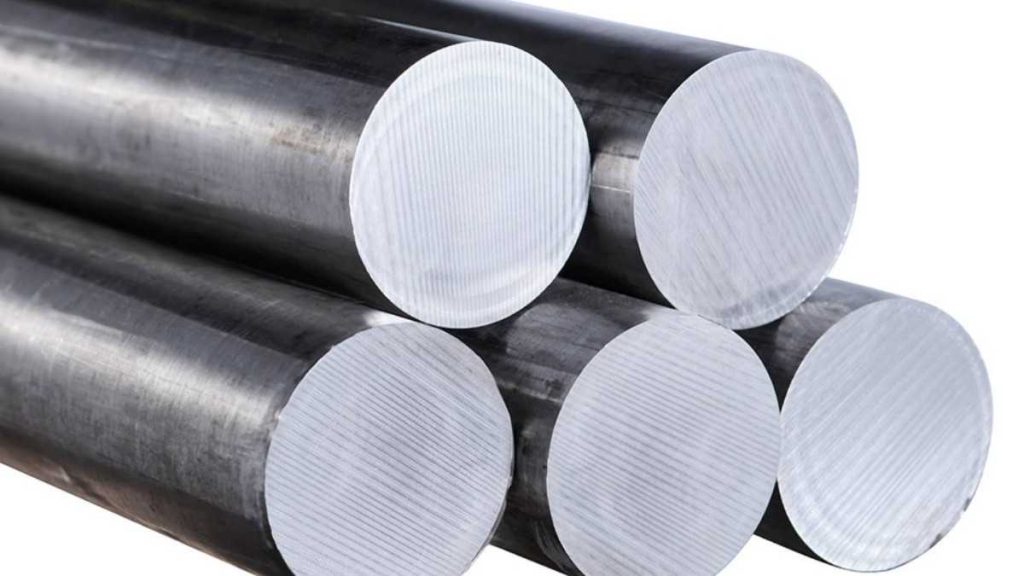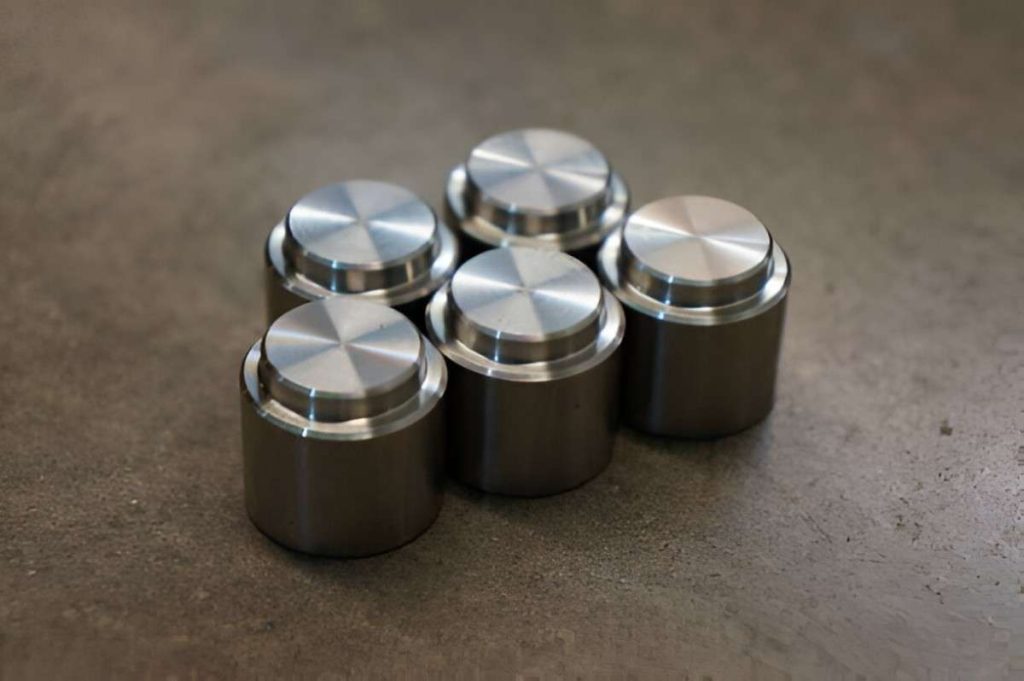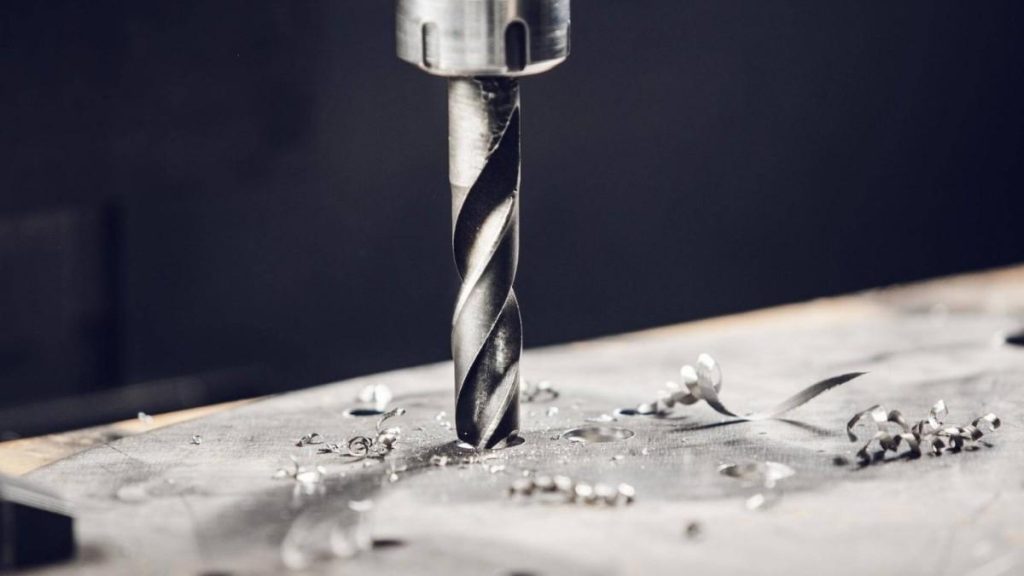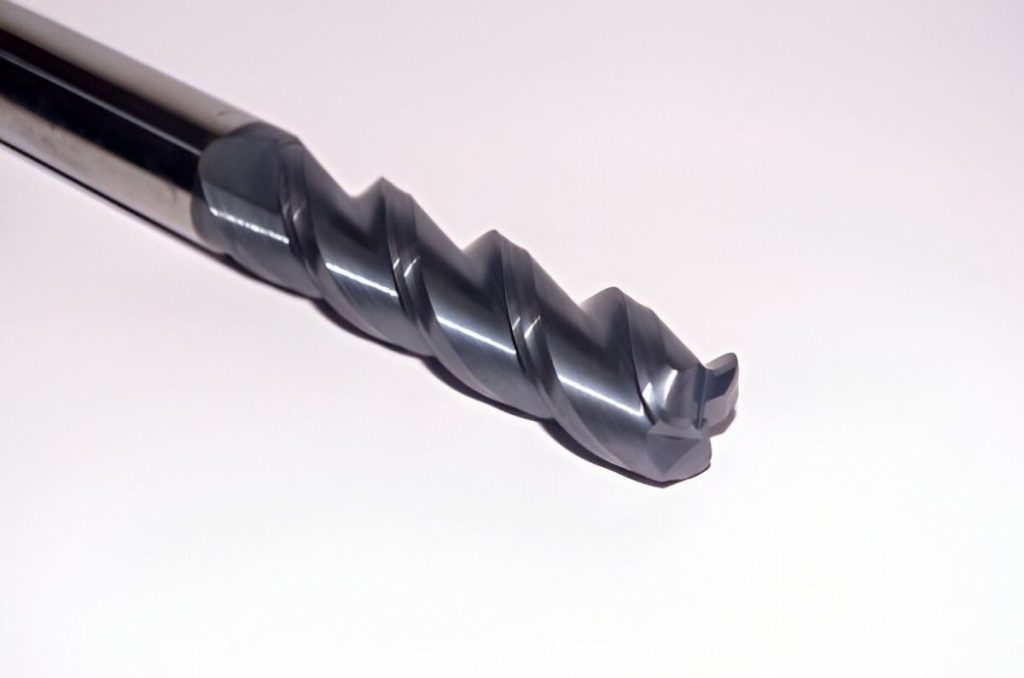
In metalworking sectors, Titanium Grade 2 vs Grade 5 are two prevalent types. The selection between these two grades requires expertise. You need to balance cost, strength, weight, and environmental resistance. Your project’s success may depend on picking the right titanium alloy. That’s where Apex Rapid gives you a powerful edge.
You get more than just materials at Apex Rapid. You get material insights backed by real-world production experience. Whether you build medical devices or aerospace parts, we help you make the right call. You’ll avoid delays, overspending, and underperformance with expert-backed choices.
Grade 2 is pure, ductile, and easy to form. Grade 5 is stronger, heat-resistant, and built for extreme use. Your needs guide the selection, Apex Rapid helps you match those needs with precision. You’ll never have to guess what fits best again.

Grade 2 Titanium
Titanium grade 2 is a high-purity alloy. Since it has almost no added elements, it is soft and ductile. Moreover, it is excellent for welding and machining. When a clean fabrication process is required, Grade 2 does the job successfully.
Titanium grade 2 is resistant to corrosion in various situations. Seawater, mild acids, and industrial chemicals do not damage it. Therefore, it is suitable for use in heat exchangers, pipelines, and chemical tanks. You can count on your car’s engine to last, and it won’t cost much extra.
However, you shouldn’t choose this material if your application requires high stress-bearing capacity. When you need to be shaped and tough rather than just powerful, you can opt for it.

Ti Grade 2 Machined Parts
The low strength and high reactivity characterize grade 2 titanium. The material’s modulus of elasticity is nearly 105 GPa. Because of this, the material bends when you use cutting tools, posing a chatter risk. Thus, planning toolpaths is crucial to have a stable force level.
The thermal conductivity of titanium grade 2 is extremely low, which is 16.4 W/m·K. That leads to faster heating at the tool–chip interfaces. If coolant is missing, you will find that your tools wear quickly and start to crack. When the heat rises, the tolerances are compromised, and the part starts to bend in the middle of the cut.
At low feed rates, the material shows that chips are not easily broken off. It helps to use fairly deep cutting when you want better chips. Don’t add too much; the edge may change its shape if it gets too hot.
Repeated contact causes grade 2 to work-harden. When your tool rubs instead of cuts, the surface layers will harden fast. You’ll notice that small tears and buildup on the edges start to appear in the finish. That’s why good tools and a firm setup are essential.
Ensuring that the parameters are adequate gives you excellent results. The optimum speed for machining titanium grade 2 is 30 to 60 m/min.
Here are the common benefits of titanium grade 2;
The materials give consistent performance in harsh, chemical, and acid environments. It prevents corrosion when exposed to saltwater or acids.
With this grade, you have an easy time bending, drawing or performing deep forming on your parts. You don’t require a lot of forming force which means the tools stay under less stress and use less energy.
You can use it safely in things like implants and food equipment. It won’t cause harmful effects or corrode inside the body.
The material weighs just under half that of steel. You have a strong overall structure that doesn’t add weight, which is great for use in transport.
With TIG or MIG, welding Grade 2 is fairly simple. When you do it properly, brittle zones and post-weld corrosion won’t be a concern.
Besides benefits, it also has a few limitations. These includes;
The material has a tensile strength of 345 MPa. It shouldn’t be used where large or heavy loads need to be carried.
Because heat is concentrated by the chips, there is faster wear on the tool. Correct coolant distribution should be maintained and you also need to pick the right tool material.
If you let the metal rub or be worn by tools, the surface will toughen. These things result in having to repeat work, damaged tools, and a poor surface on the part.
At high speed, the cutting edge sometimes becomes covered with metal particles.
At temperatures over 400°C, the grade properties will not be reliable. For materials covered by this standard, the risks of creep and oxidation rise greatly as temperatures exceed this limit.
Titanium grade 2 can produce reactions with common car parts, including air, coolant and oils. It is necessary to surface passivate or clean your product to fit the requirements for medical or aerospace use.
When working with Machining Grade 2 titanium, be very careful about heat and tool damage. Putting the right techniques into practice makes work quicker, more accurate, and extends the life of your tools.
Machining Grade 2 titanium should be done with low cutting speeds. At high speeds, the tools heat up quickly and become worn out quickly. When you speed up the machine between 30 and 60 meters per minute, your tool will stay sharp, and the workpiece won’t be exposed to too much heat.
You need to make sure you use high-pressure coolant. It takes out chips fast and cools the part being cut. Applying this technique drops the tool’s temperature and stops micro-cracking from occurring. If tool coolant is inadequate, the life of your tools declines, and their surface becomes much worse.
Titanium grade 2 can be milled effectively. Using this method, lighter tools are needed. Chip evacuation is improved when using this type of milling compared to the conventional method.

Peck Drilling Titanium
Using Peck drilling avoids the problem of chip buildup inside long holes. You remove the bit from the material every so often to remove chips. During the process, holes are not damaged by tools or overheating. Fewer friction problems allow Peck drilling to extend the lifespan of the drill bit.
The carbide tools are recommended for use and should have the right coatings. Coatings keep the titanium from becoming stuck to the tool and reduce friction. Having sharp tools avoids rubbing and hardening and helps the end product and the tool itself last longer.

Grade 5 Titanium
Titanium Grade 5 is more resistant to stress than Grade 2 materials. It is more challenging to machine. Getting the right feed speed and rate is necessary for the process. The heat rises fast and starts wearing the tools. You have to pick tools that can manage all types of forces.
When you don’t use the correct methods, machining Grade 5 leads to damage on the surface. When finishes are not done well, you might end up with money and materials loss. Therefore, you should have ways to reduce the heat and strain on your tools. Choosing incorrect settings for your tools can seriously decrease their lifespan.
Apex Rapid ensures you won’t fall into these usual problems. We help you pick the right techniques. Our main goals are to raise productivity and maintain good product quality.
The qualities of grade 5 titanium can change the way you handle its machine work. Due to its high strength and alloy content, cutting fabricated metal is much tougher than with other materials. Having an understanding of them allows you to choose properly for methods and tools.
Titanium in Grade 5 is stronger than Grade 2 or any version of untreated titanium. This feature raises the forces that act during machining. Tools don’t last long if they are not properly hardened. It is necessary to make your tools from stronger stuff to manage the pressure and avoid wear.
About 6% of the alloy consists of aluminum, 4% of vanadium. They make the material stronger, yet less flexible. Therefore, the material becomes unbendable and harder to change. It is very important to set up the cutting process correctly to avoid the cutting material from cracking and distortion.
Titanium in grade 5 has poor thermal conductivity. During machining, heat tends to stick around the cutting edge. As a result, the tools get hotter and wear out at a quick pace. Coolant and cutting your workpiece at the right speed are imperative.
The corrosion-resistant nature causes titanium to stick to cutting tools. This galling damages the tool and worsens the surface finish. Using coated tools and proper lubricants helps reduce this sticking effect. It also helps extend tool life.
Titanium grade 5 is tough. So, obtaining a smooth finish out of it is difficult. Setting the right speed and feed levels will stop the machine from creating surface damage. Creating a clean and precise finish often starts with thinking about every machining setting.
Working with Machining Grade 5 titanium needs close attention and the right tool usage. You should always be careful when setting speed and feed rates. Excellent cooling and choosing the right tools maintain the life of your tools. Using the correct technique smooths the surface and saves material.

Carbide Tool For Titanium Machining
These tools can withstand heat and hard objects. They retain their edge when faced with hard cutting tasks. Carbide tools wear out less and give fewer chances of breakage. Your tools will last longer and will return more accurate results.
Working with Grade 5 titanium at slow speeds prevents overheating. High-speed work can cause too much heat, which damages your tools. Work hardening is less likely to happen when the machine runs at slower speeds.
A higher feed rate speeds up the tool movement across the cutting. It shortens the period the tool touches the workpiece. It helps to keep the temperature down as well. With faster feed rates, you can get the job done more easily and faster.
The coolant prevents the chip formation and simply cools where the material is being cut. It helps keep the temperature down and lowers how much tools are worn. MQL requires less lubricant but cools your machine. Both techniques help to safeguard your tool and ensure you cut faster.
Using these special tool holders lowers the vibrations in your machine. Vibrations in the operation can give you rough edges and shorten the life of your tools. Good tools and firm holders keep your cutting clean. The combination increases accuracy and increases the tool's lifespan.
| Factor | Grade 2 Titanium | Grade 5 Titanium |
| Material Strength | Low | High |
| Cutting Speed | High | Low |
| Tool Wear | Low | High |
| Feed Rate | Moderate | High |
| Cooling Requirement | Moderate | High |
| Tool Hardness Required | Moderate | High |
| Thermal Conductivity | Moderate | Low |
| Surface Finish Ease | High | Low |
| Machining Difficulty | Low | High |
| Cost | Low | High |
Your project’s needs will determine whether you use Grade 2 vs Grade 5 titanium. If you require a grade with good machinability and a reasonable price, Grade 2 is the way to go. This material stands out when corrosion resistance and high strength are more critical.
On a different note, Grade 5 is the right choice for products that need to be highly strong and resilient. It can work very well under extreme conditions and high temperatures. Even so, machining this grade often comes with more challenging and higher costs. Keep in mind your budget and the parts application.
Grade 2 and Grade 5 titanium each provide unique benefits to your project. For example, grade 2 offers easier machining, good corrosion resistance, and affordability. It suits applications where strength demands are moderate.
On the other side, Grade 5 provides superior strength, fatigue resistance, and heat tolerance. It fits high-performance uses in aerospace, medical, and industrial sectors. Machining Grade 5 is more complicated and demands specialized tools and care.
Therefore, choosing the right titanium grade depends on your project’s priorities. You must consider strength, machinability, cost, and final application carefully. Apex Rapid guides you from start to end. Our team helps you achieve optimal results every time.
